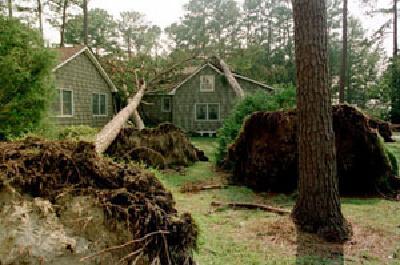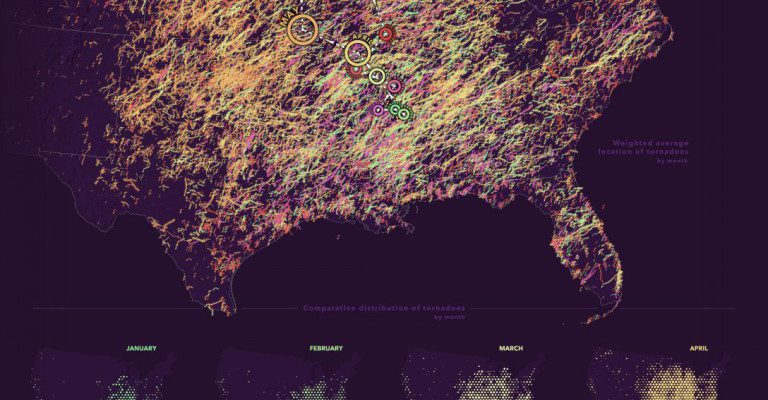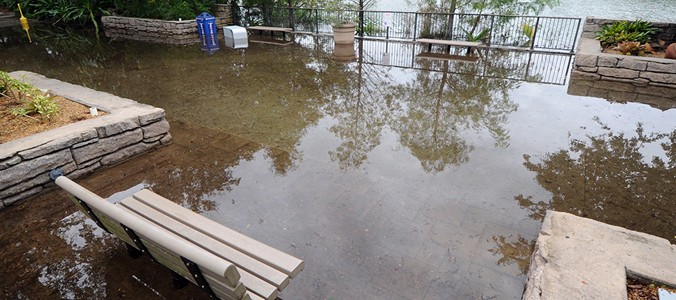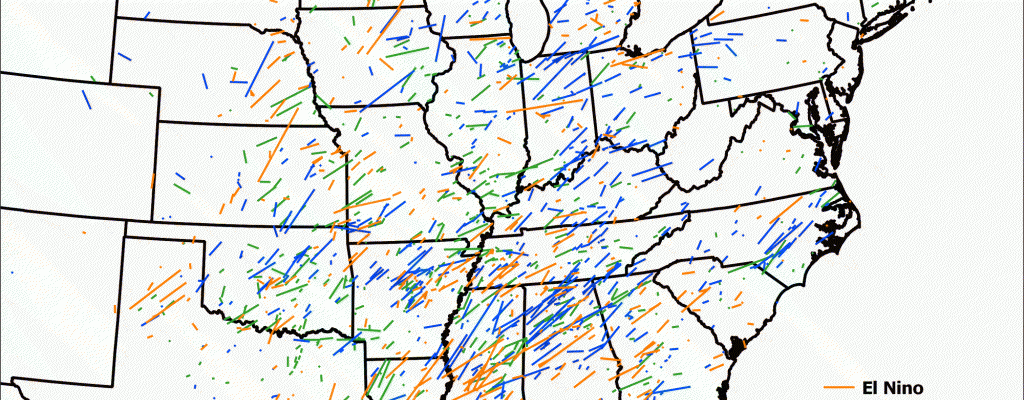Severe
-

With Alberto moving out of the Southeast and across Indiana today, it’s time to take stock of what damage the winds and saturated soils may have caused to trees on your property. Here is a recent video on how to create storm-resilient urban forests which may minimize future damage. The video is one of of…
-

The New York Times published a really interesting story and map of where repeated disasters have occurred across the US from 2002 to 2017, as measured by zip codes where federal disaster assistance has been provided. You can read the story here. One of the things that I find interesting and puzzling about the map…
-

There is a persistent myth out there that tornadoes cannot hit certain geographical features like mountains, rivers or cities. However, there is ample evidence that this is false. I have seen a number of cases of cities being hit by tornadoes, including Dallas, Oklahoma City, Birmingham, and Atlanta. This week we had another example in…
-

The Adventures in Mapping blog has a story this week about how the season migration in tornado events can be mapped just like the migration of wildebeest or other wandering animal or bird species. Tornadoes undergo a seasonal cycle of occurrence that is ultimately related to the sun’s angle, which changes over the course of…
-

If you live in an area that is prone to flooding rains (which pretty much includes all of the Southeast), you may have looked at FEMA flood maps to see if your property falls within a flood plain. This is something many people do in hindsight, such as after a big flood event like the…
-

According to an analysis of tornadoes by ENSO phase, a year with a La Niña present is more likely to have tornadoes in northern and western parts of the Southeast, while a year with an El Niño is likely to have more tornadoes in southern Alabama, Georgia and Florida. Since we are currently in a…
-

Bloomberg.com has an interesting article this week about how natural disasters are costing farmers billions of dollars a year in damage to infrastructure, loss of livestock and crops, and challenges in getting food to markets. While the story discusses trends in natural disasters over time, I think another consideration is that producers are now more…